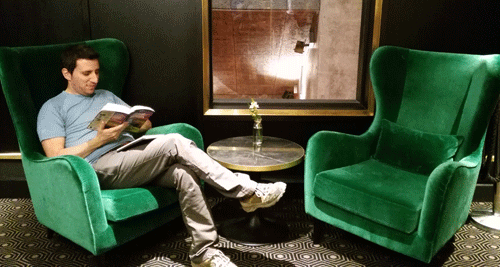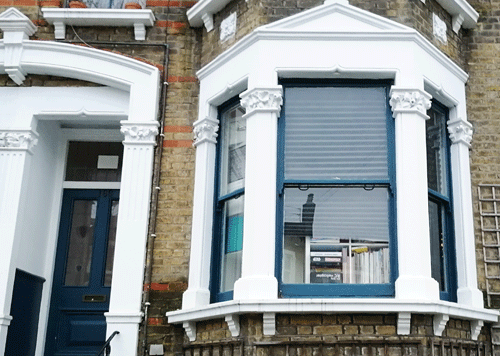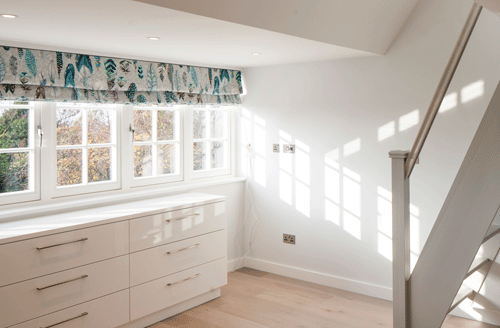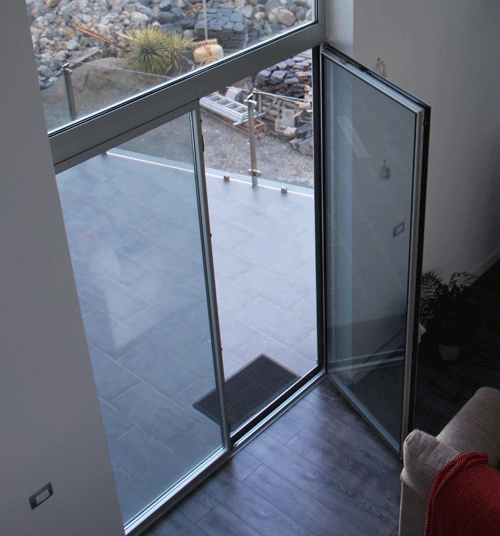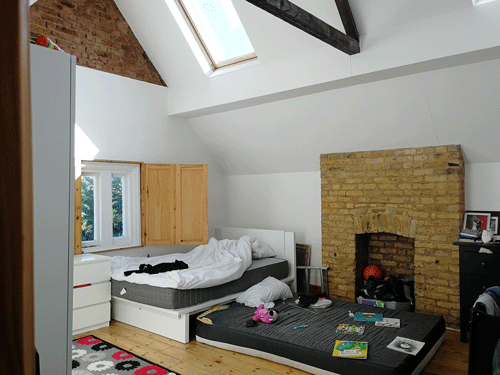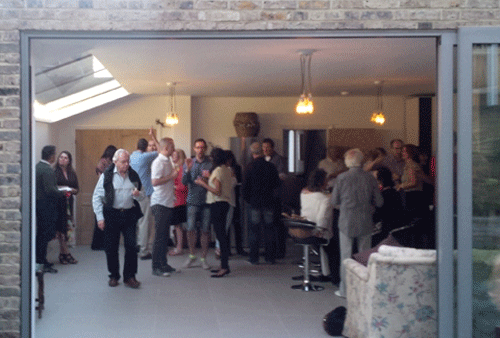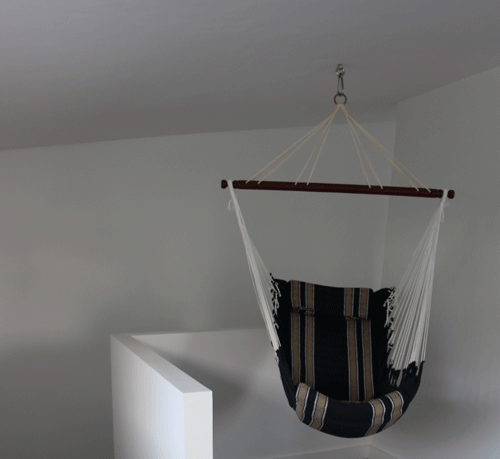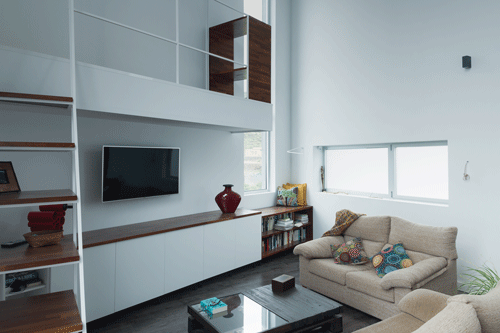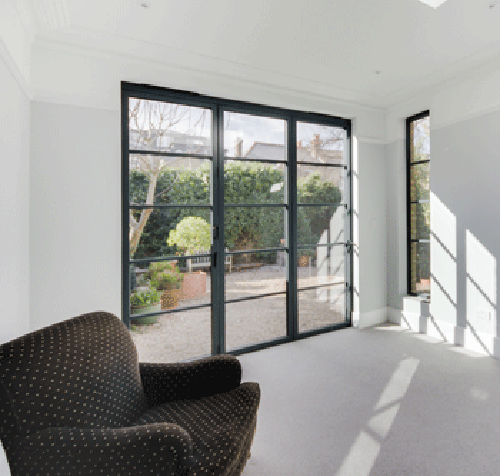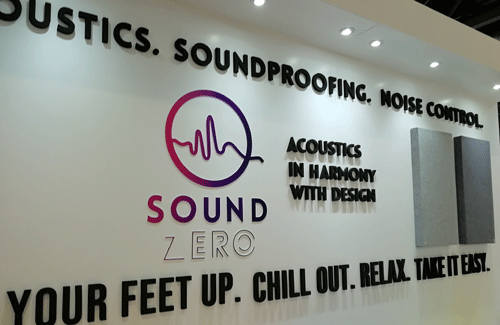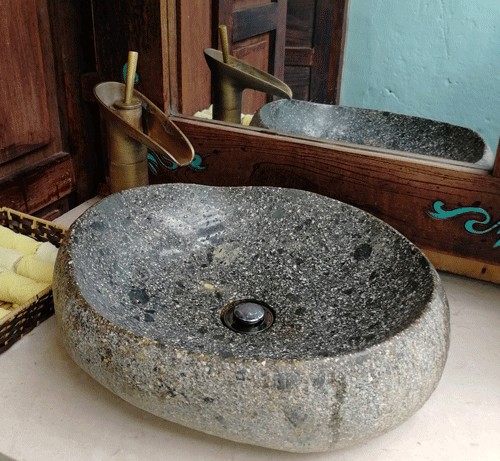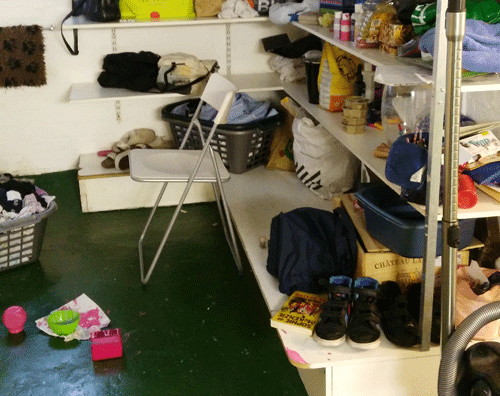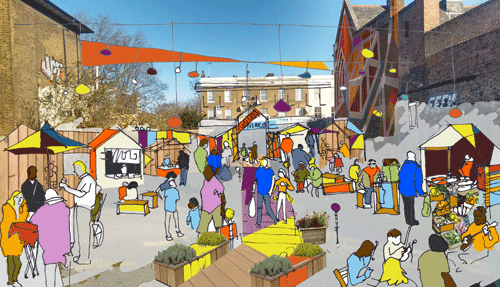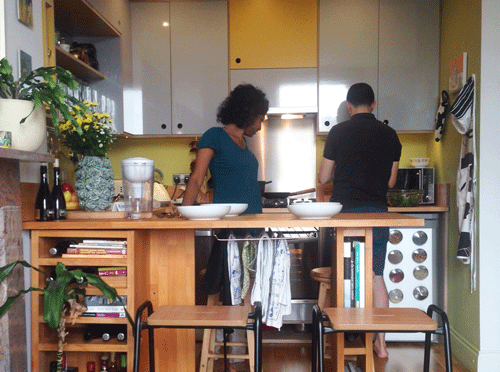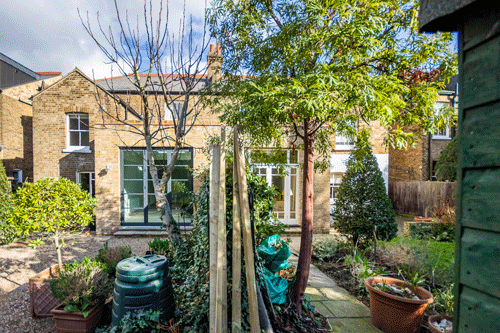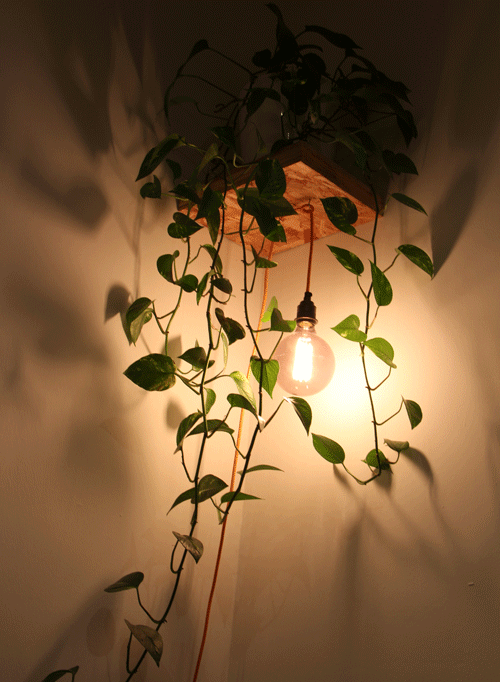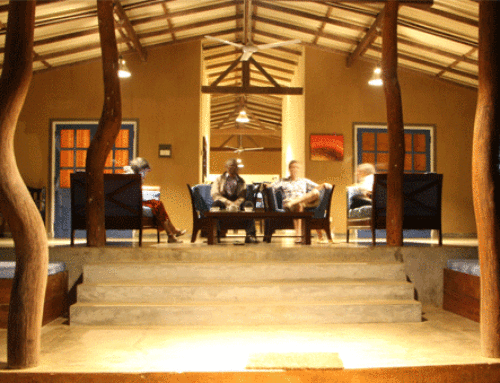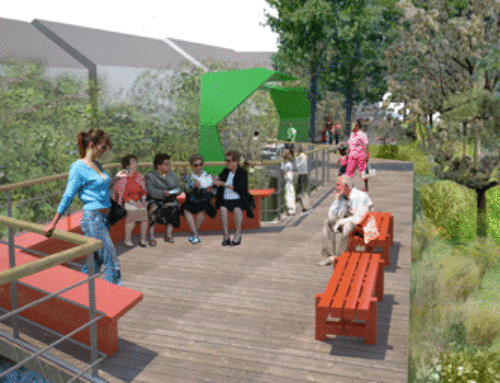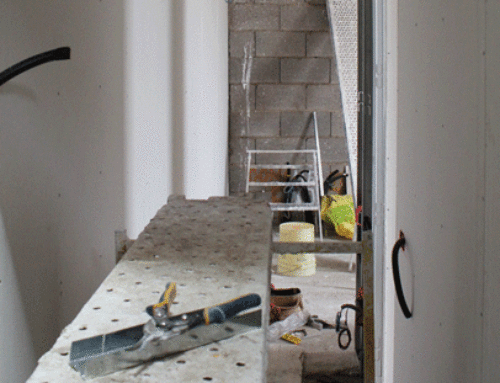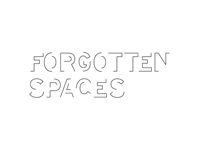20 Spatial Design Changes to improve your Life in 2020
As I discussed in my article on the impact of spatial design, New Year’s Renovations, the way you approach your space can have a huge impact on your life.
Whilst I would love to get my hands on every home not currently living up to its potential, there are often small changes that you can do yourself that can have a huge impact on the well-being of your home and yourself. Below are some quick and cheap ideas you might want to try if you aren’t able to take more significant steps to improve your living space and perhaps also your life.
#1 Open Up
Your curtains and blinds I mean. This is an easy win and may sound obvious, but can have a big impact on the health of your domestic environment.
Unfortunately not all homes in this country are designed to maximize light even though as I’m writing this in pitch dark at 5.30pm I am very aware of how in need of more natural light we are.
From improving circadian rhythms and thereby improving sleep, to stimulating your digestive system, endorphins and vitamin D production (of which the majority of us are deficient) to eradicating harmful pollutants in our environments, natural sunshine is an essential ingredient for a healthy lifestyle.
This is especially important in the cold, dark winter months. So take action immediately. Remove anything you might have stacked against your windows (or in front of it if it blocks the light or view in anyway), trim any hedges that are yours and might be blocking light and resolve to lift your curtains/ blinds/ shutters fully (and I mean fully because light enters from different angles) and keep them open until the sun fully sets to squeeze every last drop of sunshine from your day.
Even if you are not there, keep your curtains open for the sake of any pets or plants you share your home with and to make the most of natural sunlight as a cleansing agent for the surfaces in your home. Whilst you are at it you might want to consider giving the windows a good clean to bring them back to their true level of transparency.
#2 Air Out
It is understandable that you will want to keep your windows closed in winter, but given that most homes tend to lack adequate ventilation it’s important to occasionally give your home the chance to breathe.
Studies into air pollution have shown that indoor pollution is often far worse that the outdoor air pollution we are constantly hearing and worrying about. Added to this, central heating and inadequate ventilation is the perfect recipe for the production of mould which can be extremely hazardous to your health. Well before you get the unsightly and quite frankly horrible mould a la condensation, it is quite likely that the humidity and lack of air change could be doing your respiratory system damage.
So, to ventilate your home sensibly, ensure that extractors in both kitchen and bathroom are discharging outside in accordance with regulations and always keep them on when you are cooking or using the bathrooms, utilize trickle vents on windows if you have them and set a day a week during which you are comfortable to switch off your heating and get some good cross ventilation going. Ideally you want to do this on a sunny day.
More persistent ventilation problems will require professional help and you could consider contacting a building surveyor to diagnose the issue. As a general rule, prevention is better than cure so take a chance and open up a window or maybe even a door if you are feeling daring.
#3 Face Facts
If you are not living the way you want to be, it’s likely that your home environment reflects this. How we arrange our spaces affects our habits and in turn changes who we become. If all the seating in your home faces the TV it’s unlikely that you are going to be able to stick to that resolution of less screen time. If you don’t have adequate lighting in a comfortable space for reading, it’s unlikely you will stick to that resolution of reading every day. If you don’t have sufficient space to roll out your yoga mat and exercise equipment you will inevitably skip this resolution too. If your space feels chaotic and messy, you will not be able to shake that feeling of chaos and anxiety in your life.
The simple answer here is to prioritise your space in the same way you would prioritise your time to achieve your aims. Model your space according to who you want to become and I promise your home will be there to support you every step of the way.
#4 Develop a Brief for your home
A good way to identify priorities for you home is to develop a brief for it as though you were working with a designer. Before you get on Pinterest and before you start flipping through Ideal Homes Magazines, figure out exactly what you want from each of your spaces, the function you want them to do and feeling you want to evoke.
This isn’t always as easy as it sounds, but it can go hand in hand with developing an overall vision for the way you want to live. You could start with a list of priorities for your life in general and then match up with things you might do at home.
For example, Do you want to read more, do you have a cosy space to cuddle up with a book? Want to entertain more? Do you have a space that you would be happy to invite people over to hang out or have dinner?
Do you want a space where the whole family can be together to do different activities? Is there a defined part of your home with enough space and utility for this? You get my drift.
By figuring out exactly what you want from your home, you have a much better chance of making it work for you. Whether you use a professional to help you achieve your goals or want to make small changes to get a little closer to them, it all starts with a clearly defined Brief and understanding of how you live and want to live in the future.
#5 Switch things up and experiment
Once you have a clear idea of what you want from your space, now is the time to consider switching things up and try something new.
When you don’t have the option to design a space from scratch, often the way in which we use a space does not lend itself well to the intrinsic characteristics of that space.
I see this often in the homes I visit where spaces are poorly proportioned. Living areas are squeezed into box rooms whilst the guest bedroom is practically palatial, though used only a few times per year.
Usually we fall prey to what we think is ‘normal’ or simply follow what has always been done instead of appreciating the intrinsic qualities of the building and adapting to its quirks. The result is usually an unhappy limbo where we are not quite sure where to start.
The way to change this if you aren’t used to working with space or design is to shift things around and experiment until things start to feel better. Consult the brief you have developed for yourself and instead of defining things under traditional headings of ‘ living room’, ‘bedroom’, etc., assign uses to spaces and shift things around accordingly. If you have good sense of space you might want to sketch things out before you do the heavy lifting.
How far you want to go with this might depend on your budget as some layouts just need changing. However, a lot can be achieved with a few key moves and simply defining the spaces more clearly with furniture and objects can go a long way to creating flow in your home.
#6 Check your compass
Being aware of the direction your home faces can literally turn your home around.
Prevailing wind, sun path and other environmental factors are an important consideration when designing a space. All come with a direction arrow which may have been missing when your home was designed meaning that your home’s orientation just doesn’t work with its surroundings.
If your homes does suffer from this relatively common problem, it might take some planning and imagination, but consider a complete flip of your living spaces. Let the sun be your guide along with any other environmental factors like the presence of a busy road or large tree, etc. Some spaces are flipped more easily than other (eg bedrooms to living rooms) but always consider how your internal spaces relate to one another as well as external spaces.
#7 Kondo the Crap out of your furniture
Most people have too much furniture. Fact. We often underestimate the importance of empty space (or ‘negative space’ if you like that sort of thing). It’s too tempting to treat every empty corner as an opportunity for some other item and to treat the furnishing of our homes as a jigsaw puzzle. Though we might have decluttered every drawer, unit and sideboard, larger items are harder to remove and stay in place even if they are out of scale with our living spaces and only serve as a trip hazard.
So, whilst you are busy seeing if your possessions ‘spark joy’, don’t forget your furniture. Assess the utility and aesthetic appeal of each piece and if you think something is redundant freecycle or donate it.
If in doubt return to your brief and decide if that item of furniture helps or hinders you to achieve those goals.
See where you can double up on uses where possible, for example could that bar stool become a side table as well? Can you accommodate larger parties by shifting around the furniture rather than being party ready 365 days a year when you know you only ever have people over at Christmas? Treating your moveable furniture as exactly that (moveable) will get you to think about your spaces in an entirely different way and hopefully allow you to create space for the things that matter or for the sake of space itself.
#8 Listen
We often forget the impact of poor acoustics on our sense of comfort and peace. Yet, this can really shape how you feel in a space. Unfortunately most older and some newer homes perform very poorly in terms of acoustics and some homes simply do not comply with the most basic regulations put in place to ensure health.
The problem is usually one of incorrectly placed or poorly designed insulation and badly specified items like doors and panels. It’s not always possible to resolve this without going to some trouble of an overhaul. Fortunately, small improvements can be made without too much expense.
Fill any obvious holes where possible. If you live in a flat there may be gaps in floorboards under fixed furniture or in chimney breast panels. Make sure you utilize certified materials that are fire rated at all times.
You can also introduce acoustic absorbers where possible. You could invest in specialist plasterboard or acoustic panels (there are many types available depending on your particular problem) or more simply and cheaply introduce soft furnishings such as rugs, wall panels and curtains. Another favorite material I like to consider is cork for its acoustic and fire rated properties.
If the source of noise is external introducing secondary glazing may be an option which can be relatively cost effective and if you live in an older home simply making repairs and fitting draught excluders can mean drastic improvements to the acoustics and improve your zen.
#9 Be Touch Sensitive
Our sense of touch is something we are reliant on from birth. Studies have frequently highlighted its importance in our well-being. Unfortunately this sense often gets neglected when it comes to making choices for our homes. We often don’t appreciate how differently the feel of something can make us react.
An easy example is perhaps to compare the difference between a sharp cold surface with a warm soft one. This is why things like underfloor heating can make such a difference to our sense of quality.
But, you don’t need to lift up your floor boards and spend thousands of pounds on rubber pipework to benefit from this understanding, apply some design thinking on touch to your home and literally feel the difference.
My advice is to focus a small budget on the elements you handle most often. Cupboard or door handles for example, or a bathroom tap. Your money will be well-spent and for the price of a cashmere sweater you will have something of daily utility that feels as well as looks appealing.
#10 Wear your Heart on Your Wall
Our homes are not just for shelter, they are in some ways an extension of ourselves. In the same way we feel different when wearing our best fitting and favourite clothes, having a well tailored and authentic home that is true to our own priorities can reinforce a positive identity and confidence.
It doesn’t really matter if other people are going to access those spaces or not, by ensuring your home is arranged in a way that speaks to your own sense of order and by giving prominence to the things that matter to you most, you will reinforce these aspects of your personality and identity.
So, instead of giving prominence to the things you think ‘should’ have priority, bring out the things that are important to you. Let everything else fade into the background and arrange themselves around these key areas or objects and when in doubt stick to orders of 3 when creating clusters of anything and use lighting to draw attention to the most important elements.
#11 Embrace quick wins
A lot of the items on this list are quick wins, but what I refer to are those niggling jobs that you have been putting off for years that you see every day and would make a huge difference to your life if you were to resolve. A spot on the wall; a door that creaks; a cluttered hall.
Like tidying your bed, taking a step forward with something that has a profound impact on your home life that can be relatively easily fixed leads to a ‘just do it’ attitude and creates a sense of accomplishment and positivity that can spread to other areas of your life as well as your home. Don’t let the idea that you are going to do a complete renovation some day stop you from making those small cheap changes today.
#12 Automate
The great thing about technology is that it offers us the opportunity to spend less time on mundane things so we can use it instead to do the things that matter most. By automating your home you can save a little bit of time and headspace everyday. This, over time adds up and as I keep saying, it’s the small actions that add up to big results.
LCost effective ideas might include installing a smart heating system, fit automated smoke and carbon monoxide testing or putting timers to lights. All of these have the added advantage of creating a more energy efficient home too if used properly. Beyond these, there are endless possibilities in the world of domestic design, it just depends how far you want to go.
#13 Go Green
Even if you can’t afford to fully retrofit your home just yet, in 2020 we should all be thinking about the small changes we can do to make our homes more energy efficient and have less of an impact on the wider environment.
It can feel like an impossible task we face compared with the scale of the problem, but the reality is that buildings are one of the biggest emitters of carbon and whilst I’m not going to suggest that the problem is down to the individual, any change is better than no change even if your only motivation is to keep your own energy bills as low as possible and stick to that budget.
Here are just a few simple and cheap ideas you could try to start if you haven’t already:
- Switch to a renewable energy provider and install a smart system (see point 9)
- Consider additional insulation and/ or solar panels
- Get a water butt for rain water
- Replace shower heads and taps with water efficient fittings
- Cultivate and grow your own where you can
- Repair don’t replace
- Draught excluders – easy and cheap to fit
- Improve the efficiency of radiators by introducing radiator reflectors
- Get your boiler and heating serviced to improve efficiency
- Fit LEDs
- Consider upgrading windows and doors if single glazed
#14 Connect with your surroundings
The experience of a place doesn’t just end at your front door. Your psychological experience of home is hugely impacted by your connection to its wider setting.
Feeling ‘in place’ is a complicated business but we know it has a lot to do with an internal map of our area and our ability to interact with others on a daily basis. The only way to really achieve this is to get out there and do the leg work – walk your neighborhood, shop your local shops and use your local facilities on a regular basis if you don’t already. You will start to notice that your overall sense of connection and well being starts to improve in proportion to your familiarity with your surroundings. It could also help you make new friends and combat feelings of loneliness we can all experience from time to time.
#15 Create
Not everyone can be or should be an architect but I believe everyone has some creativity and a desire to express that creativity in the world. If you can’t find a space for this in your own home, where can you?! From home made place mats to projected poetry, why not find a space for your personal expression in your own home.
#16 Cook
If your resolution is to eat well, the easiest way to do this is to cook from scratch. This isn’t always possible given the way we live, but the biggest barrier to this is most likely resistance rather than time. Once again, if you don’t have a good space in which to do a particular activity, you just won’t do it as often as you want to.
The answer may not be a full kitchen overhaul, though it is possible to do one on a tighter budget than you might think (see our budget kitchen refurb here). The solution might be to reimagine this space. Tackle this as a mini-project by writing a clear brief and start thinking like a designer. Figure out exactly what isn’t working and figure out what unique positive aspects it might have.
If it lacks connection from the rest of your living spaces find a way to introduce uses that you would ideally wish to combine with cooking if you can’t find a way to directly connect the space. Elevate things from surfaces and remove items that don’t absolutely need to be there. Introduce features that appeal to all the senses (taste and smell should be the easy ones here), whilst not forgetting the more practical changes like extraction and lighting.
#17 Find a Nook
This is my favourite thing about domestic design. The opportunity to utilize and design those random quirky spaces that are there simply to add charm and enjoyment to the space. Pure poetry when done right and can remind you of the joys of life on a daily basis.
#18 Nature
Science shows that spending time in green or blue spaces adds significantly to our health and life expectancy. As well as getting out of the house once in a while consider your connection with the green spaces on your doorstep.
In London this isn’t always possible, but many of us are lucky enough to have a patch of something outside to call our own.
Don’t ignore the power of design to transform even the smallest of outdoor spaces into and oasis of green and calm. From green roofs to planted walls, there are many opportunities if you want to get creative with a small space. You could even look to connect with a landscape architect if you are really serious about specifying the right kinds of planting that work for your soil and natural conditions.
Even if you don’t have an outdoor space, indoor vertical gardens and moss walls can bring some of the benefits of nature directly into your home in a more impactful way if you aren’t a pot-plant person.
#19 Light Up Your Life
I’ve mentioned the importance of natural light, but let’s not ignore the importance of artificial light in creating ambiance and enabling our activities in the home. This is unfortunately often an afterthought in a lot of homes despite the impact it can have.
We tend to resort to recessed spotlights when thinking about lighting, but whilst I have nothing against them, there is just so much more that can be done to transform your space. Ignoring the use of floor and desk lamps can mean that spaces for reading and study are inadequately lit. Other types of accent light can enhance features and draw attention where needed and the specification of bulbs alongside switches can have a significant impact on the effect you get. Again the trick here is to have a clear idea of how you want to use your space and the effect you want to achieve.
Don’t stop at the front door either, adding a simple automated light on a motion sensor can improve security whilst solar lighting in the garden can transform those spaces in the evening, all for very little expense.
#20 Be grateful
Being grateful for the simple fact that you have a place to call home is the starting point for any successful project to realize the full potential of a place. The same thinking can be applied to lots of areas of your life, but in design it’s especially important to recognize the special qualities of what already exists.
This need not be falsely positive – you can be honest about what doesn’t work, but rather than viewing the weaknesses your home might have as negatives, see them as opportunities for creative change. More often than not when you adopt a relationship of gratitude with your home you are likely to find lots of things to inspire this gratitude and lots of areas that do work.
The work of creating a home is a slow process and requires patience. Even if you are able to start from scratch the task of adapting your space to your changing life and needs is something to be enjoyed and appreciated.
